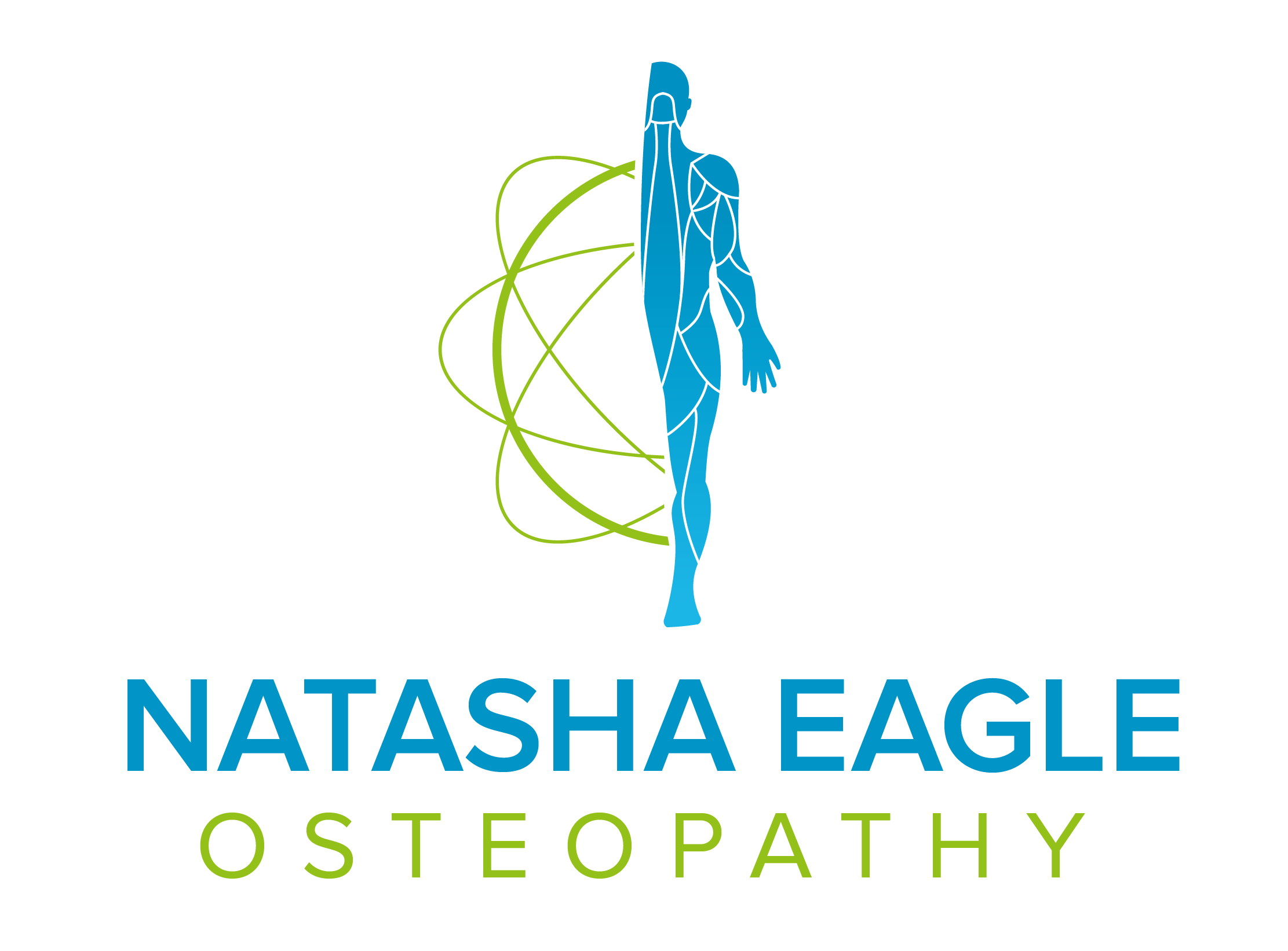Osteopathy is a complementary medicine, diagnosing and treating medical disorders using manual therapy techniques such as massage, mobilisation and manipulation.
Osteopathy looks at the body as a whole, not simply the injured or painful area. Through this identification of influencing and contributing factors, the body’s synergy increases.
Looking at lifestyle habits, physical movements, posture, leisure activities and pain reactivity; Osteopaths assess the body’s functional ability and any disruptions within this. Further assessment considerations include evaluating and comparing strength, flexibility, function and movement of muscles, joints and areas. Osteopathy considers physical and psychological factors regarding pain, as the mind and body work in harmony to process pain.
At the end of the 19th Century, the founder of Osteopathy - A. T. Still, believed that for the body to heal itself, conditions must be optimal. This is when Osteopathy was born.
Osteopathy has four main principles:
- The body is a unit; comprising of mind, body and spirit.
- The body is its own medicine chest.
- Structure governs function, and vice-versa.
- The rule of the artery is supreme.
The above principles mean:
- The whole body must be working in harmony in order to function well – this includes all psycho-social aspects, as well as physical.
- The body is capable of self-healing and self-regulation, given the correct conditions.
- The balance of structure (anatomy) and function (physiology) must be aligned, as a dip or compromise of one, detrimentally affects the other.
- Blood supply is vital for healing - both immunologically and nutritionally.
